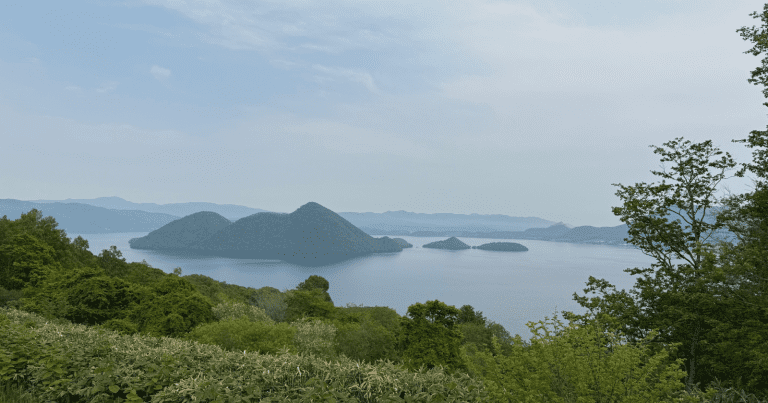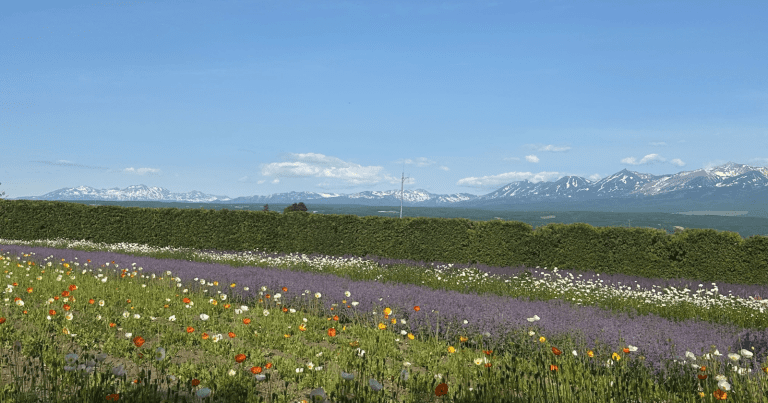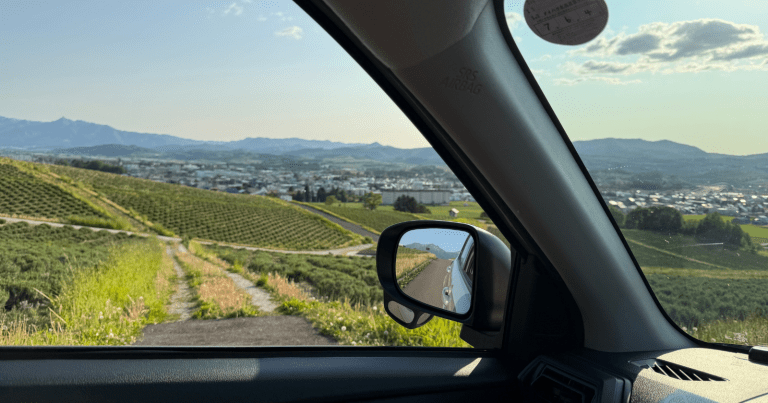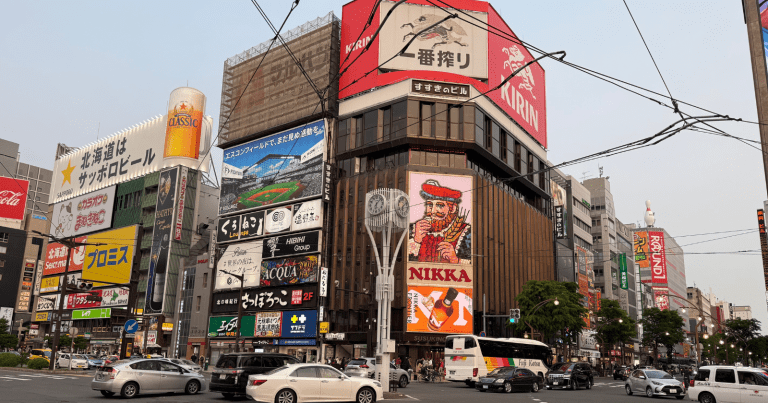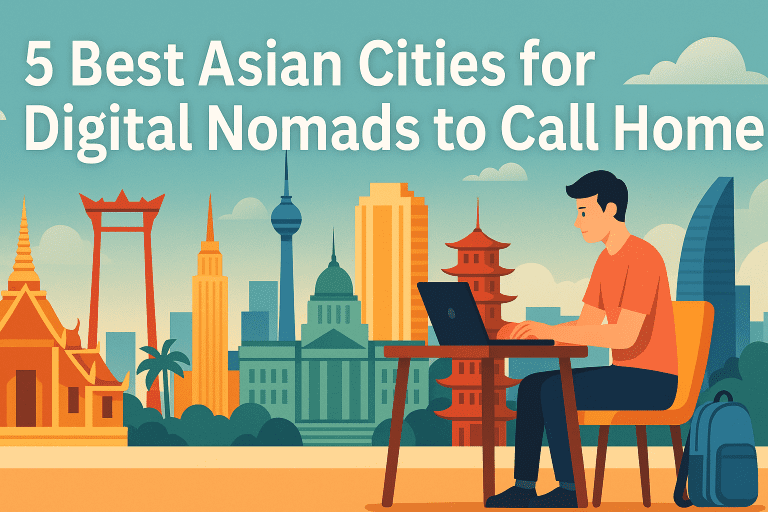
Thailand’s islands are legendary, conjuring images of dramatic limestone karsts, powdery white beaches, and vibrant marine life. Places like Phuket and Koh Phi Phi draw millions, and for good reason – their natural beauty is undeniable. Yet, the quest for tranquility, for sand less trodden and water that reflects the sky without the constant hum of speedboats, often leads travelers to wonder: are there still truly secret islands Thailand beyond Phuket with routes that are accessible yet lead away from the well-worn path?
The answer is a resounding yes. While the term “secret” becomes increasingly relative in a connected world, Thailand still holds pockets of island serenity that remain largely off the radar of mass tourism. These are places where the rhythm of life is dictated by the tides and the sun, where interactions are with local fishermen and families, and where the most demanding decision might be choosing between swinging in a hammock or floating in crystalline waters. This article delves into five such lesser-known gems, offering a glimpse into their unique character and, crucially, providing the practical routes you need to reach them.
Exploring these quieter islands offers a perspective distinct from the bustling hubs. It’s a journey into the Thailand that existed before mass tourism, a chance to witness simpler ways of life tied closely to the sea. The appeal lies not in luxurious resorts or extensive nightlife, but in raw natural beauty, peaceful atmospheres, and genuine local interactions. These islands are not just destinations; they are experiences in slowing down, breathing deeply, and connecting with the elemental beauty of tropical Asia.
1. Koh Kood (Koh Kut): Waterfall Jungles and Azure Bays
Venturing towards Thailand’s eastern seaboard, close to the Cambodian border, lies Koh Kood. Often called Koh Kut, this island is one of the largest in Thailand, yet it retains a remarkably undeveloped feel compared to its northerly neighbor, Koh Chang. Its defining features are its dense interior jungle, crisscrossed by streams leading to impressive waterfalls, and its coastline, a series of sweeping, often deserted bays framed by coconut palms and casuarina trees. The water clarity here is particularly striking, offering shades of turquoise and sapphire that invite immediate immersion.
The atmosphere on Koh Kood is one of profound calm. There are no large towns, just scattered villages and resorts nestled along the coastline. The sounds are primarily those of nature – cicadas in the trees, the gentle lapping of waves, and the occasional call of a hornbill. Driving along the island’s quiet roads, you encounter small rubber plantations and local homes, a tangible connection to the island’s non-tourist economy. The beaches, such as Ao Tapao or Klong Chao Beach, feature fine, pale sand that retains little heat, making barefoot strolls comfortable even in the midday sun.
Getting to Koh Kood:
Reaching Koh Kood typically involves traveling to Trat province on the mainland, followed by a ferry ride.
- From Bangkok: Buses depart from Bangkok’s Ekkamai and Mo Chit terminals to Trat town. The journey takes approximately 5-6 hours. Alternatively, you can fly from Bangkok (Suvarnabhumi BKK) to Trat Airport (TDX) with Bangkok Airways, a flight of about an hour. From Trat town or airport, take a taxi or songthaew (shared pickup truck taxi) to one of the piers (Laem Sok Pier is the main one for speedboats and ferries to Koh Kood).
- Ferry Options: Speedboats are the fastest (around 1 hour) but can be bumpy. Larger catamarans and ferries take longer (1.5-2 hours) and offer a smoother ride. Several companies operate daily services during high season (roughly November to April). It’s advisable to book tickets in advance, especially during peak times.
- On Arrival: Most resorts on Koh Kood include transfers from the arrival pier to your accommodation. If not, songthaews are available.
2. Koh Jum (Koh Pu): Limestone Karsts and Local Life
Nestled in the Andaman Sea, roughly between Krabi town and Koh Lanta, lies Koh Jum, also known locally as Koh Pu (Crab Island) in its northern, hillier section. This island offers a delightful blend of rugged natural beauty and a genuinely laid-back, local atmosphere. Unlike its more famous neighbors, Koh Jum has largely resisted significant commercial development. The infrastructure is basic, lending the island an authentic, rustic charm.
The coastline varies, featuring stretches of golden-brown sand interspersed with rocky outcrops and shaded by casuarina trees. The backdrop is often the dramatic silhouette of mainland Krabi’s limestone karsts or the outline of Koh Lanta in the distance. Life here revolves around the small villages, where fishing boats bob in shallow bays and children play along the paths. There are no paved roads across the entire island, only concrete pathways and dirt tracks suitable for motorbikes or walking, which keeps traffic minimal and the atmosphere serene. The air carries the scent of the sea mingled with woodsmoke from local kitchens.
 Getting to Koh Jum (Koh Pu):
Getting to Koh Jum (Koh Pu):
Access to Koh Jum is primarily by boat from either Krabi or Koh Lanta.
- From Krabi: Head to Laem Kruat Pier, located south of Krabi town (about a 45-minute drive). From here, local longtail boats depart regularly throughout the day, taking about 45 minutes to reach Koh Jum’s various piers or resort beaches. There are no official schedules; boats depart when full or close to it. Alternatively, during high season, larger ferries and speedboats heading to Koh Lanta from Krabi’s Klong Jilad Pier sometimes stop at Koh Jum, but this is less frequent.
- From Koh Lanta: Public ferries and speedboats traveling between Koh Lanta (Saladan Pier) and Krabi or Phi Phi often make a stop at Koh Jum during the high season. The journey takes about 30-45 minutes. Check with operators at Saladan Pier for current schedules.
- On Arrival: Depending on where you are staying, the longtail boat may drop you directly at your resort beach. Otherwise, motorbike taxis are available at the main piers to take you to your accommodation.
3. Koh Bulon Lae (Koh Bulon Leh): White Sand and Underwater Gardens
Part of the Tarutao National Marine Park area in Satun province, the small island of Koh Bulon Lae is a true gem for those seeking simplicity and spectacular natural beauty. It is tiny, walkable end-to-end in under an hour, and development is minimal, consisting mainly of basic bungalows and a few small restaurants. This isn’t a place for nightlife or shopping; it’s a place for swimming, snorkeling, and simply existing in a state of peace.
The main beach, Ao Pang Bay, boasts remarkably fine, white sand with a consistency like powder, sloping gently into calm, incredibly clear, shallow water. The underwater visibility here is excellent, making it perfect for snorkeling straight from the shore, revealing vibrant coral formations and a diversity of fish just meters out. Away from the main beach, smaller coves offer even more solitude. The air on Koh Bulon carries the distinct scent of salt and tropical blossoms, a refreshing contrast to urban environments. Walking the island’s sandy paths, you might encounter monitor lizards or listen to the calls of various birds inhabiting the low-lying jungle.
Getting to Koh Bulon Lae:
Koh Bulon Lae is accessed from the mainland pier at Pak Bara in Satun province.
- From Bangkok: Fly from Bangkok to Hat Yai Airport (HDY). From Hat Yai, take a taxi or minivan (approximately 1.5-2 hours) to Pak Bara Pier.
- From Trang: It’s possible to reach Pak Bara from Trang province via minivan (approximately 1.5-2 hours). Trang also has an airport (TST) with flights from Bangkok.
- From Pak Bara Pier: Speedboats are the primary mode of transport to Koh Bulon Lae. The journey takes about 45 minutes to an hour. Services are most frequent during the high season (November to April). During the low season, services are very limited or non-existent.
- Connecting from other Islands: During high season, speedboat services often connect islands in the Andaman Sea park area, such as Koh Lipe, Koh Adang (for hiking), Koh Mook, and Koh Ngai, making Southeast Asian islands for budget backpackers an attractive option for exploring this region sequentially. These boats often stop at Koh Bulon Lae.
4. Koh Phra Thong: Savannah Landscapes and Wildlife
Moving further north up the Andaman coast, just off the shore of Phang Nga province, lies Koh Phra Thong. This is perhaps the most unique island on this list, offering a landscape dramatically different from the typical tropical island idyll. Much of the island’s interior consists of open savannah, resembling parts of Africa more than Southeast Asia, interspersed with mangrove forests, coastal wetlands, and long, empty beaches. It’s a place for nature lovers, birdwatchers, and those fascinated by ecosystems undergoing restoration after the 2004 tsunami significantly altered the environment.
The atmosphere is one of vastness and quiet observation. Development is minimal, concentrated in a few small villages and eco-friendly resorts. The dominant sounds are the wind rustling through the grasses, the calls of diverse bird species (the island is a recognized birdwatching hotspot), and the distant murmur of the sea. Wildlife encounters are common – you might see deer grazing on the savannah, various reptile species, and if very lucky, the rare, large Adjutant Stork. The beaches here are wild and expansive, often lined with driftwood, offering a sense of raw, untamed nature.
Getting to Koh Phra Thong:
Koh Phra Thong is accessed from the mainland via Khura Buri Pier in Phang Nga province.
- From Bangkok: Fly to Phuket International Airport (HKT) or Surat Thani Airport (URT). From either airport, take a bus or taxi north to Khura Buri town. The journey from Phuket takes approximately 3-4 hours, and from Surat Thani about 2.5-3.5 hours.
- From Khura Buri: Take a songthaew or taxi to Khura Buri Pier. From the pier, longtail boats are the standard transport to Koh Phra Thong. The journey takes about 1.5-2 hours. Boat departures are less frequent than for more popular islands and often need to be arranged in advance, sometimes through your accommodation on the island. Services can be affected by tides and weather.
5. Koh Wai: Simple Life and Snorkeling Reefs
Located just a short distance south of the much larger Koh Chang on Thailand’s eastern side, Koh Wai is a small, hilly island that epitomizes simplicity. It’s a place with no roads, no cars, and limited electricity (often generator-based and available only at certain times of the day). Accommodation is primarily in basic bungalows. This lack of modern amenities is precisely its charm for those seeking a true escape.
The island is characterized by its rocky coastline interspersed with small, beautiful coves featuring clear, shallow water and soft sand. Coral reefs are easily accessible directly from several beaches, offering excellent opportunities for snorkeling with minimal effort. The sounds are those of small waves breaking on the shore, the rustling of leaves in the breeze, and the distant drone of passing boats. There are no villages, only a few bungalow operations spread out along the coast, each with its own stretch of beach or access to the water. The atmosphere is incredibly tranquil, making it ideal for reading, swimming, and appreciating the quiet beauty of the marine environment. Imagine finding a quiet spot here after navigating the bustling Asia airport survival hacks to start your trip.
 Getting to Koh Wai:
Getting to Koh Wai:
Koh Wai is most easily reached from Koh Chang or the mainland town of Laem Ngop.
- From Trat (Laem Ngop Pier): From Trat town (reachable by bus or flight from Bangkok), take a songthaew to Laem Ngop Pier. Public boats, including slower passenger ferries and speedboats, depart from Laem Ngop Pier to Koh Chang and often stop at Koh Wai on the way (taking about 45-90 minutes depending on the boat type and route).
- From Koh Chang: During the high season, numerous speedboat and wooden boat services operate island hopping tours and transfers between Koh Chang (primarily from Bang Bao Pier in the south) and nearby islands like Koh Wai, Koh Mak, and Koh Kood. This is a very convenient option if you are already on Koh Chang. The journey is short, typically 15-30 minutes by speedboat from Bang Bao.
- From other Eastern Islands: Speedboats connecting Koh Mak and Koh Kood to Koh Chang also frequently stop atduring the high season.
The Less Popular Islands
Embarking on a journey to one of these quieter islands requires a shift in mindset. You might find the local transport involves bumpy longtail boat rides, accommodation is simpler, and conveniences like ATMs or extensive Wi-Fi are scarce. However, what you gain is an experience of Thailand unspoiled by mass tourism. You witness local life up close, experience nature in a more direct way, and find genuine peace.
Food on these islands tends to be simple but fresh, often featuring seafood caught daily by local fishermen. Expect straightforward Thai dishes, prepared with local ingredients. One might encounter the preparation of a simple grilled fish right on the beach, its skin crackling over open coals, accompanied by steamed rice and a spicy seafood dipping sauce – a truly localized culinary experience tied directly to the environment.
Planning is essential for these destinations. Check ferry schedules, which are highly dependent on the season and weather, especially during the low season (roughly May to October), when services can be drastically reduced or stopped entirely. Book accommodation in advance, as options are limited. Bring enough cash, as card facilities are rare. Embrace the slower pace and the occasional inconvenience – they are part of the adventure.
Conclusion
While retirement bliss or extensive amenities aren’t the focus here, the profound peace and connection with nature appeal to anyone seeking a genuine escape. These islands offer a glimpse into the less-commercialized side of Thailand, places where the natural environment is the star and the primary activity is relaxation and appreciation. If you are considering places beyond the obvious, these secret islands Thailand beyond Phuket with routes provide a compelling invitation to explore further. They promise quiet shores, clear waters, and the chance to create travel memories defined by tranquility and authentic local charm, a stark contrast to the hustle of places geared towards mass tourism, which might even be considered overrated Asian cities to avoid on your first trip if seeking solitude.
Discovering these secret islands is about more than just finding a beautiful beach; it’s about finding a different pace of life. It’s about the sound of the wind in the palms, the texture of soft sand underfoot, and the simple flavors of freshly caught seafood. It’s an invitation to step off the conveyor belt of mainstream travel and forge a more personal connection with the serene side of Thailand.

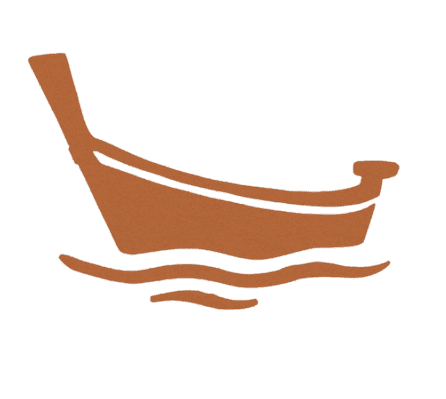
 Getting to Koh Jum (Koh Pu):
Getting to Koh Jum (Koh Pu): Getting to Koh Wai:
Getting to Koh Wai: